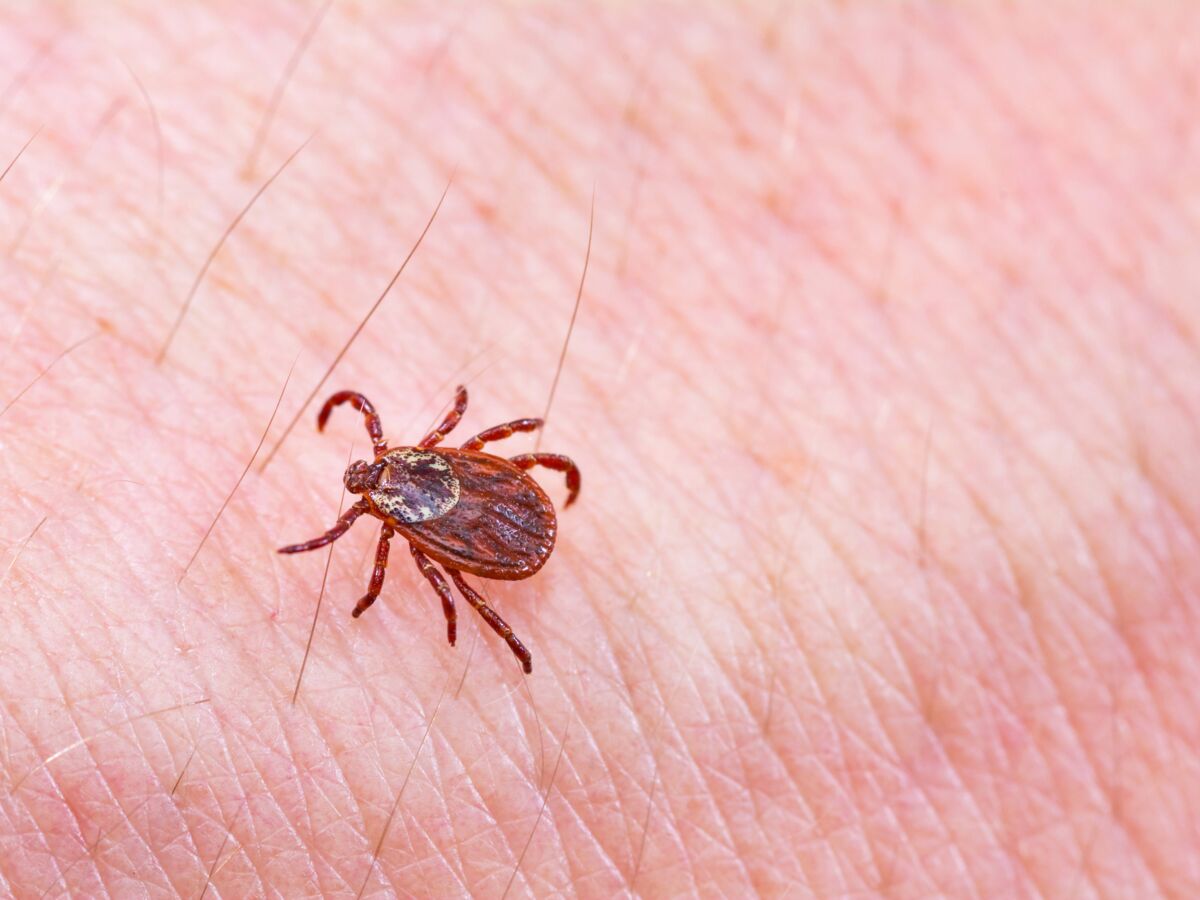A first detection of Crimean-Congo hemorrhagic virus dating from October 6, 2023 was confirmed on ticks collected from cattle farms in the south of France, according to Public health France. The virus has been detected in ticks of the genus Hyalomma, collected from cattle raised in the Eastern Pyrenees. But don’t worry: no cases have been detected in humans in France to this day.
The tick Hyalomma marginatum which has been present for several decades in Corsica, was detected in 2015 by CIRAD on the Mediterranean coast. But it risks expanding further north in the future, under the effect of climate change. The objective of future investigations is now to find out whether the circulation of the virus is more widely distributed in the South of France.
What is Crimean-Congo hemorrhagic fever, and how is it transmitted?
Crimean-Congo hemorrhagic fever (or CCHF) is a disease caused by a virus of the Nairovirus family, the main vectors of which are ticks. Hyalomma marginatum. This is a larger tick compared to those we are used to seeing (5mm), recognizable by its long rostrum and its two-colored legs, with whitish rings at the joints.
The disease is transmitted to humans through the bites of these ticks, but can also be transmitted from person to person, under certain contamination conditions: contact with contaminated blood or bodily fluids. This pathology is serious since the fatality rate can reach 40%. To date, there is no vaccine, neither for humans nor for animals, but treatments are being tested with good results.
Crimean-Congo hemorrhagic fever: what are the symptoms?
The main symptoms are fever, myalgia (muscle pain), digestive problems, dizziness, stiffness and pain in the neck, back pain, headache, eye sensitivity and photophobia (feeling of discomfort caused by the light).
For the most serious cases, symptoms can be followed by hemorrhage, shock and multiorgan failure (impairment of the functioning of the main vital organs).
What to do in the event of a tick bite and how to avoid the risks?
In the event of a bite, it is recommended to remove the tick as quickly as possible and monitor the appearance of redness around the bite, and in which case seek medical advice quickly.
It is important to protect yourself against tick bites during walks, in particular by wearing closed shoes, covering and light clothing, to avoid walking in tall vegetation, or to inspect yourself once the walk is finished.
Read also :
⋙ Crimean-Congo hemorrhagic fever: symptoms, transmission, treatment… What we know about the new deadly strain
⋙ Tick bites, Lyme disease: 4 tips from a virologist to protect yourself
⋙ Ticks: 8 effective tips to protect yourself from them
